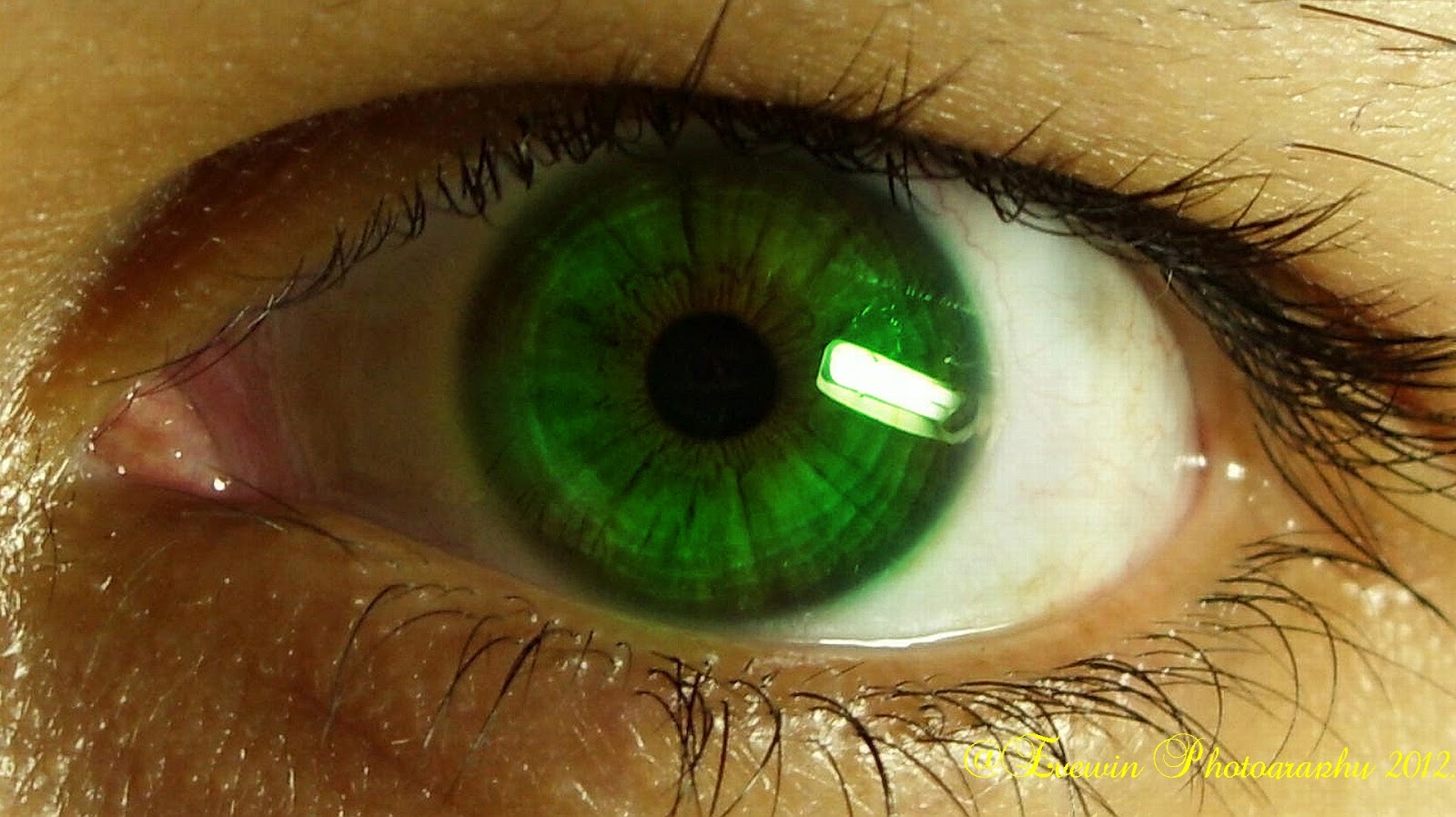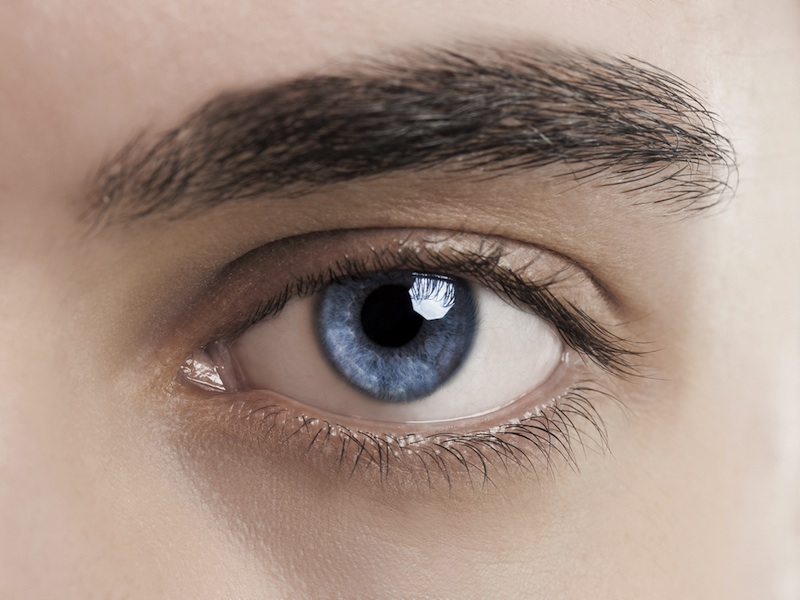


The retina acts like an electronic image sensor of a digital camera, converting optical images into electronic signals. The artificial eyeball registers changes in lighting faster than human eyes can within about 30 to 40. In the past, experts maintained that most people’s maximum. Headlines and summaries of the latest Science News articles, delivered to your inbox. Light focused by the cornea and crystalline lens (and limited by the iris and pupil) then reaches the retina - the light-sensitive inner lining of the back of the eye. Some research suggests that the human eye may be able to detect higher levels of what’s called flicker rate than previously thought. Process called accommodation, this lens helps the eye automatically focus on near and approaching objects, like an autofocus camera lens. The eye's crystalline lens is located directly behind the pupil and further focuses light. The iris of the eye functions like the diaphragm of a camera, controlling the amount of light reaching the back of the eye by automatically adjusting the size of the pupil (aperture). Light is focused primarily by the cornea - the clear front surface of the eye, which acts like a camera lens. In a number of ways, the human eye works much like a digital camera: Read on for a basic description and explanation of the structure (anatomy) of your eyes and how they work (function) to help you see clearly and interact with your world. How vision works, and health problems that can affect the eye. It’s not enough to just create a blog and not invest in your scanners, your audience visually.When surveyed about the five senses - sight, hearing, taste, smell and touch - people consistently report that their eyesight is the mode of perception they value (and fear losing) most.ĭespite this, many people don't have a good understanding of the anatomy of the eye, It’s surprising to think all of the above could be a reason why some blogs are not viewed and ranked on the internet. Viewers (like me) don’t want to read a book Use contrasted colors, black on white, white on black for example.

Social media and cell phones have produced scanners. In this era of time, we want to grasp information quickly. If we don’t like it, we move on based on personal likes and dislikes. We are attracted to things we like to see visually. Often blogs / websites are created without thinking about the viewer experience. Be it for shopping, enjoyment, videos, and doing my website reviews. So these are things I personally, consciously, and in a nano-second consider when perusing the internet.


 0 kommentar(er)
0 kommentar(er)
